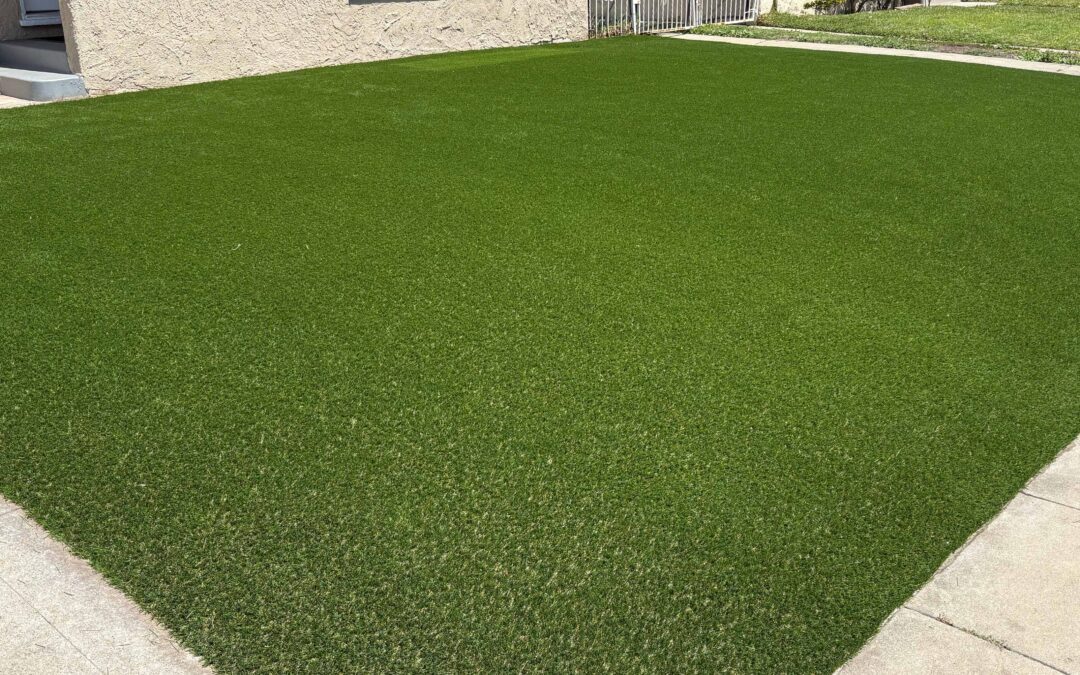Artificial Turf and Sun Reflection: How to Prevent Melting and Damage
Artificial grass is a durable, low-maintenance alternative to natural lawns, but one issue many homeowners don’t expect is sun reflection damage. Intense sunlight bouncing off reflective surfaces like windows, glass doors, or shiny siding can create concentrated heat spots that may harm your turf. If you’re considering turf installation—or already enjoying your artificial lawn—understanding this problem and how to prevent it can save you time, money, and frustration.
Why Sun Reflection Can Damage Artificial Turf
Artificial grass is designed to withstand heat, sunlight, and everyday wear. However, when the sun’s rays are reflected and intensified by certain surfaces, they can create temperatures far hotter than direct sunlight alone. This concentrated heat can:
- Melt or warp turf fibers.
- Cause discoloration or fading.
- Reduce the lifespan of your turf in affected areas.
Common Sources of Turf-Damaging Reflection
- Low-E Windows: These energy-efficient windows reflect UV rays, often creating the most intense hot spots on turf.
- Glass Fences and Railings: Clear or mirrored glass can act like magnifying glasses.
- Metallic or Shiny Surfaces: Siding, garage doors, and even outdoor furniture can reflect heat.
How to Prevent Sun Reflection from Melting Artificial Grass
- Install Window Film Before Turf Installation
Add anti-reflective or protective window films to your Low-E windows before your turf is installed. This prevents damage before it happens. - Use Shade Solutions
Plant shrubs, add pergolas, or install awnings to block or diffuse sunlight in high-risk areas. - Add Protective Screens
Mesh screens placed in front of reflective glass surfaces can significantly reduce glare and heat concentration. - Choose Heat-Resistant Turf
Some artificial grass products are manufactured with higher heat resistance, making them less vulnerable to melting. - Plan Landscaping Strategically
Position fences, plants, or decorative features to naturally block reflection hot spots.
What to Do If Your Turf Gets Damaged
If you notice melted or warped patches of turf:
- Contact your turf installer for repair or replacement options.
- Fix the source of reflection (such as applying window film) before replacing damaged turf to prevent recurring issues.
Key Takeaways
Artificial grass is built to last, but sun reflection from windows and shiny surfaces can create unexpected damage. The best way to protect your investment is by addressing potential reflection issues before installation with window film, shade structures, and strategic landscaping. With these preventive measures, you’ll keep your turf looking green, cool, and beautiful for years to come.
Looking to install turf? Ask your installer about sun reflection risks!

